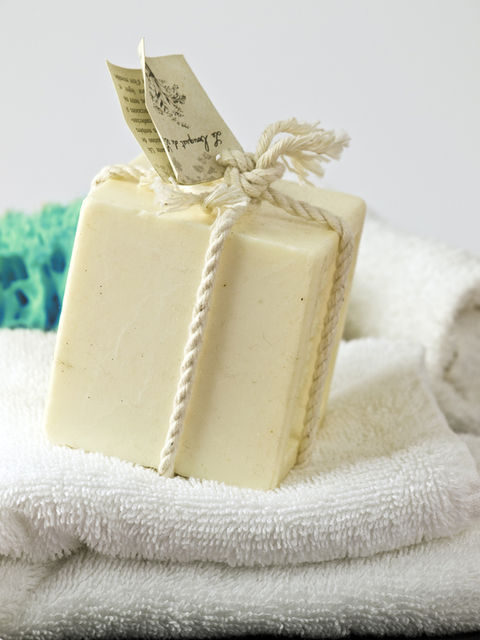
Astaxanthin
Diabetic Wounds
Treatment of skin wounds
How Astaxanthin fits in
diabetic wounds
.png)
what is the challenge?
-
Diabetes is accompanied by the risk of many complications, including the development of difficult-to-heal wounds that may lead to the development of necrosis.
-
A difficult-to-heal wound that developed in a diabetic patient requires intensive treatment for an extended period, sometimes 4-5 months and even beyond that.
-
In the past, diabetic ulcers were defined as ulcers on the feet only, but today it is understood that ulcers can develop along the entire length of the lower limbs, even on the calves.
-
A diabetic's risk of developing a difficult-to-heal wound during life is estimated at 15% to 25%, with a quarter of the wounds possibly not healing, becoming complicated and leading to some kind of amputation.
How do wounds that are difficult to heal develop in diabetics?
Various biological mechanisms are involved in the development of wounds that are difficult to heal in diabetic patients - and in fact delay the scabbing of the wounds and the healing process - mainly two: complications in the peripheral nervous system and complications in peripheral blood vessels.
Complications in the peripheral nervous system Diabetes causes damage to peripheral nerve processes in the body - a condition called 'peripheral diabetic neuropathy', which is sometimes also accompanied by complications in the peripheral blood vessels:
-
Movement injury: this type of injury is accompanied by muscle weakness in the foot (atrophy) and creates deformations in the foot and increased pressure on certain areas of the foot.
-
Sensory injury: This injury causes loss of sensation components - including loss of pain, pressure, temperature sensations - and thus creates an increased vulnerability of the feet to injuries and secondary injuries, partly due to improper walking and exposure to cold/heat.
-
Autonomic damage: This damage caused to the sympathetic nervous system causes a decrease in the ability to sweat, which increases the risk of cracking the skin and the development of a wound, as well as encourages the accumulation of arterial-venous leakage in the leg.
Astaxanthin - The strongest antioxidant in nature
Reduction of oxidative stress with powerful antioxidant activity - the collagen protein, which we mentioned as one of the main components in the composition of the skin, is sensitive to oxidative damage and tends to break down when meeting with oxygen radicals that are common in the body and other free radicals. The presence of astaxanthin in the skin tissue neutralizes free radicals, reduces oxidative stress and thus slows the rate of collagen degradation. Maintaining a high collagen concentration in the skin gives a younger and healthier appearance.
-
Encouraging the regeneration of skin cells - the presence of astaxanthin encourages the renewal of old skin cells and accelerates the rate of skin recovery from wounds. The involvement of astaxanthin in the rate of cell renewal is reflected in the increase in the number of proteins that take part in tissue renewal and wound repair.
-
Inhibition of unwanted inflammatory reactions - astaxanthin regulates the activity of a protein called NF-kB known as a dominant mediator in inflammatory reactions that are sometimes unnecessary and even damage the body's tissues.
So what is the innovation?
We are developing a natural and innovative ointment intended for the treatment of open wounds that combines ingredients for disinfection and cleaning and ingredients for restoration such as Astaxanthin (antioxidant and anti-inflammatory) restores and encourages the renewal of infections and inflammations in the skin tissues.










